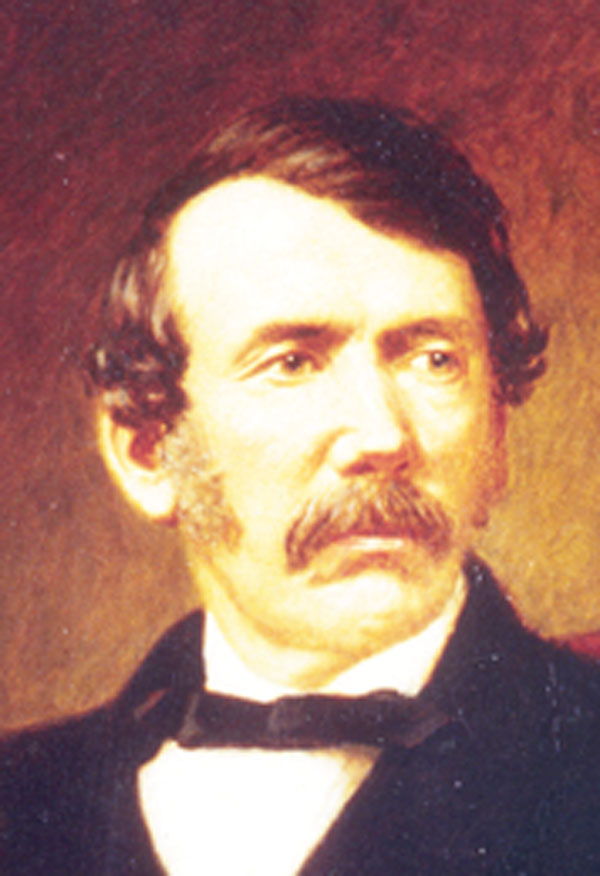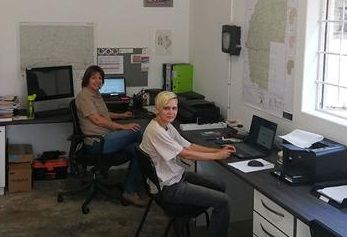
Museum for Livingstone’s Caprivi stopover

Long before the Zambezi region was known as the Caprivi Zipfel, missionary and explorer David Livingstone encamped for a considerable time at a spot only a few kilometres of today’s Sangwali town.
David Livingstone was sent by the London Missionary Society to a small settlement in South Africa called Kurruchane. This was the base of Dr Robert Moffat who ran a vibrant mission for the Batswana of that area. It was here that Livingstone met his wife, the daughter of Moffat, and it was here that he was nearly killed by a lion leaving him with a broken left arm. The scars of this attack was later used to identify Livingstone’s remains after he had died in central Africa, and his shrivelled, roasted corpse was sent back to London via Zanzibar.
But between his early attempts at missionary work and his unquiet spirit driving him to explore the continent, he undertook a major trip to the north, first to the Victoria Falls, and from there along the Zambezi to what was called the King’s Hunting Ground, the small enclave between the Zambezi and the Chober Rivers. This area became the eastern Caprivi and today is called the Zambezi region.
Here he stopped over for several months, preparing for his gruelling two-year overland trip to Luanda and back.
Sangwali lies on the northern bank of one of the bigger channels that originate from the Kwando River some 20 kilometres to the west. This channel separates two areas of higher ground, the Nkasa and Rupara Islands, each about four square km in extent. These are the only areas in the southern part of Zambezi that stay dry during the annual flood season. A small Livingstone memorial was erected here.
During October this year, the European Union Delegation in collaboration with the Namibia Scientific Society upgraded the Livingstone Linyanti Museum in Sangwali by erecting a sign to the museum, preserve maps and pictures and to renovate the current building’s walls, floor and roof.
The upgrade project will eventually cost some N$450,000 of which N$45,000 was provided by the EU as seed capital.











































